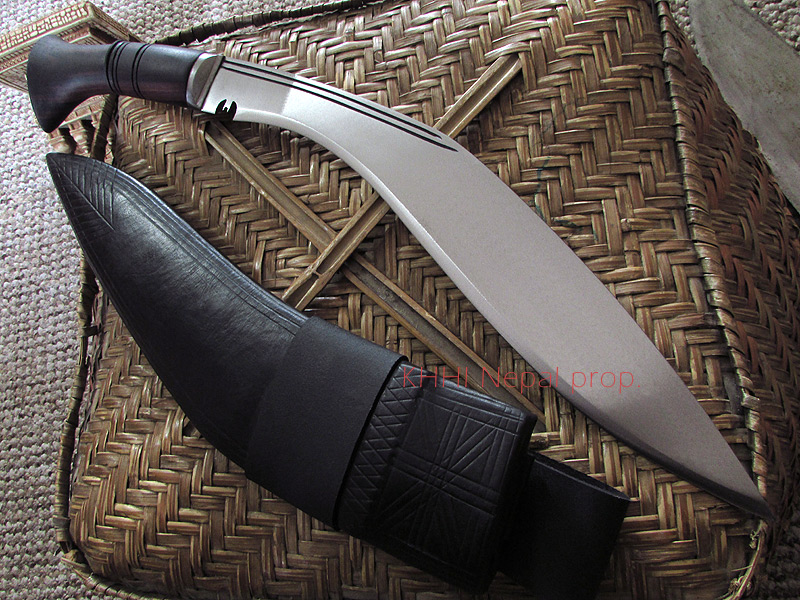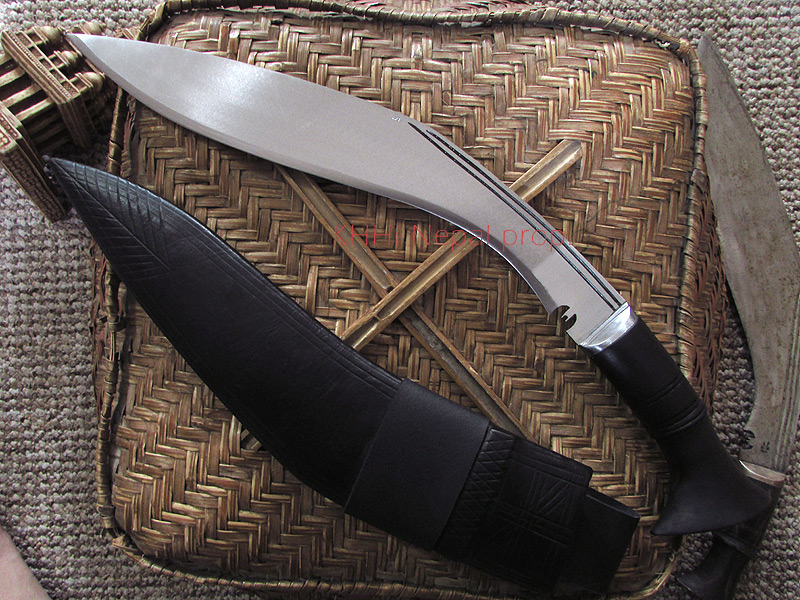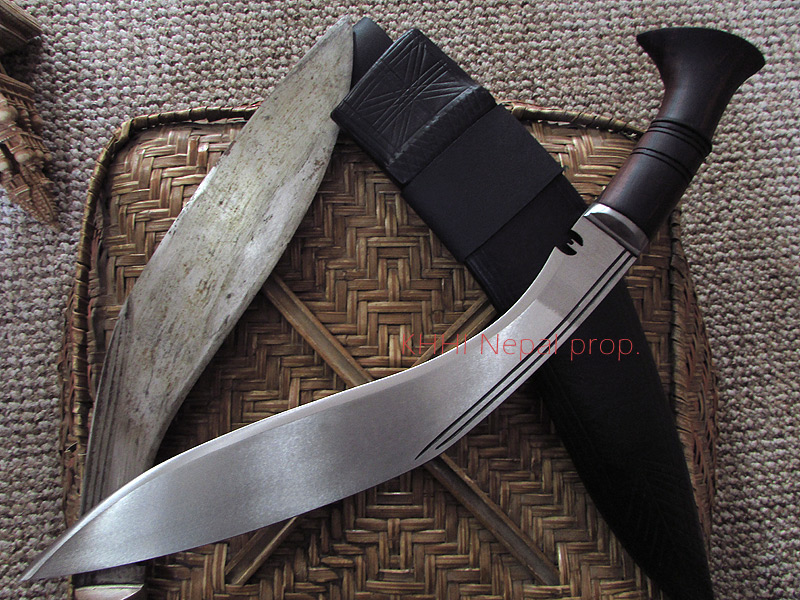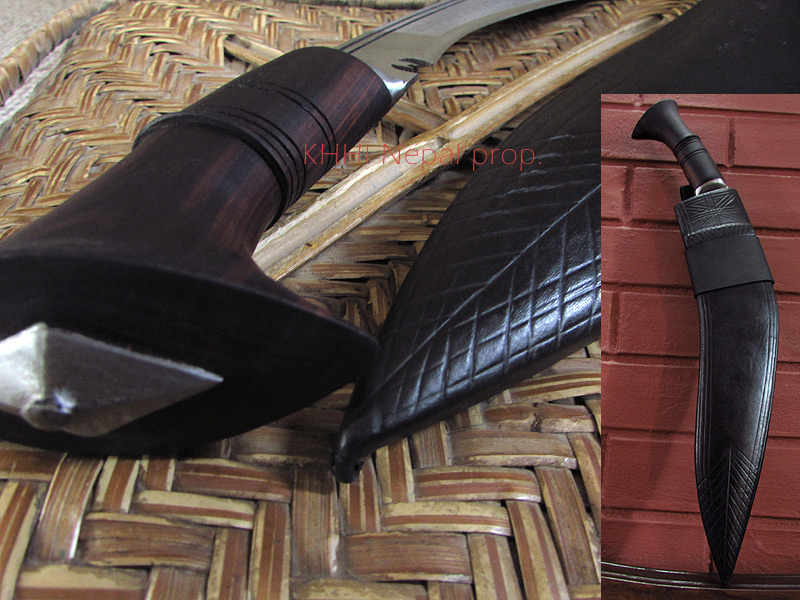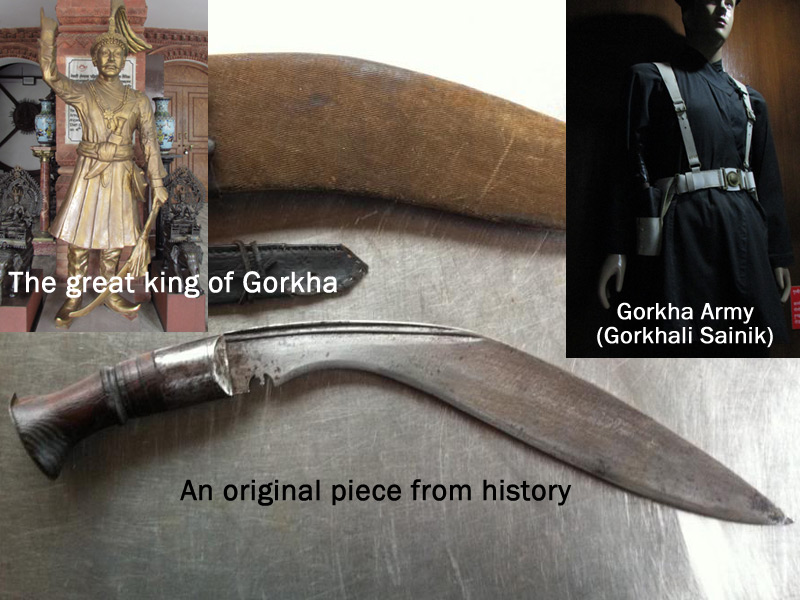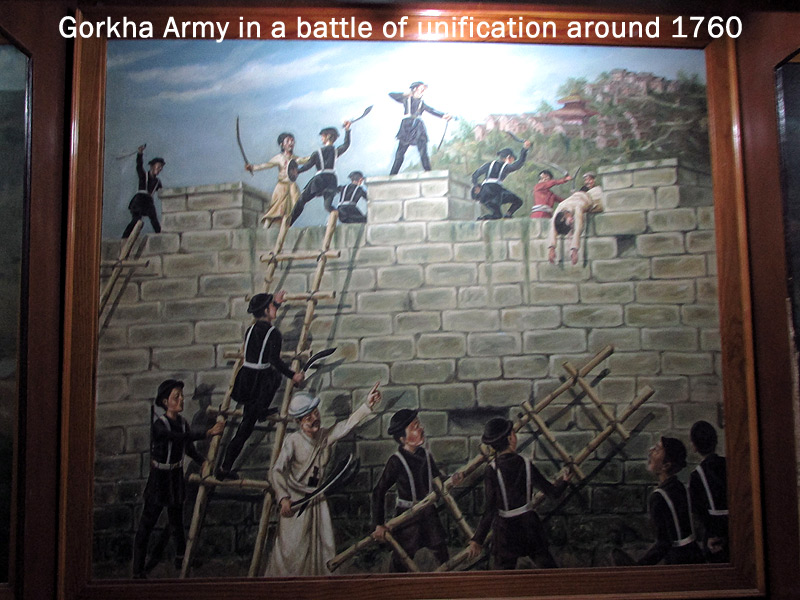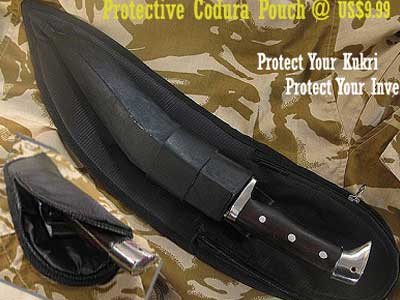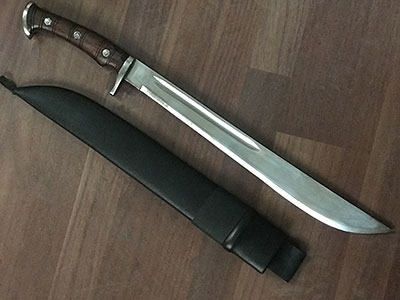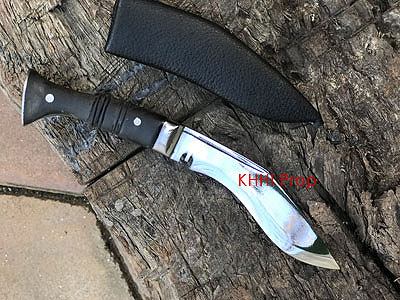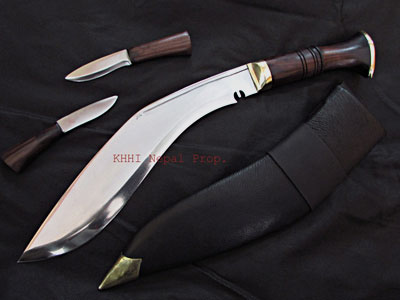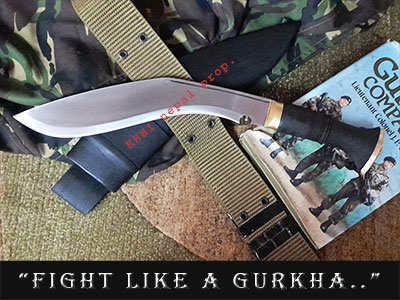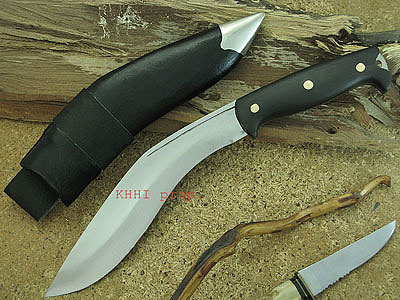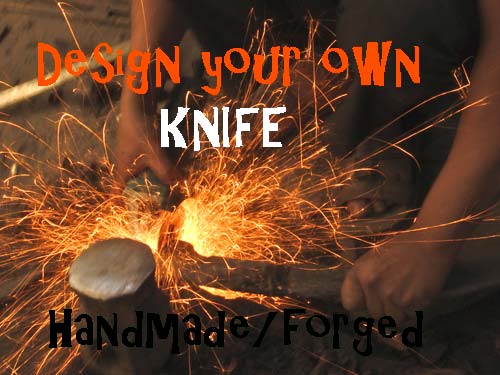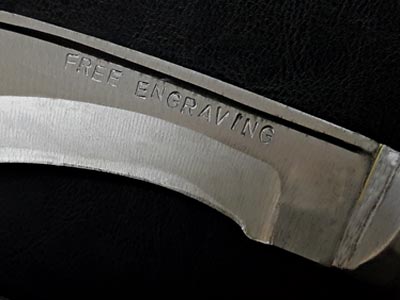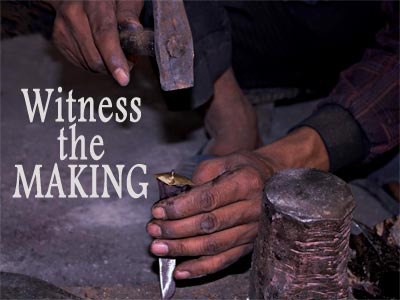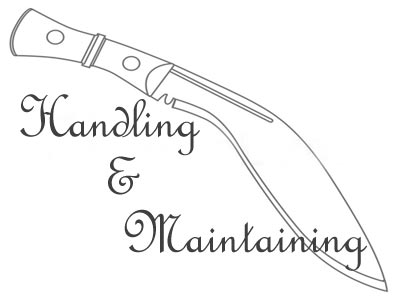Gorkhali Army 18th Century Kukri
a historic kukri that unified Nepal and defeated its enemy by its sharp edge and decisive blow, and in the process forever cemented its reputation as the most feared and functional knife of the world ...
- Blade Length (in): 13
- Handle Length (in): 4.5
- Blade Steel: 5160
- Handle Material: Rosewood
USD 110.00
Kukri Used by Gorkhali Army during Unification of Nepal in 18th Century >>
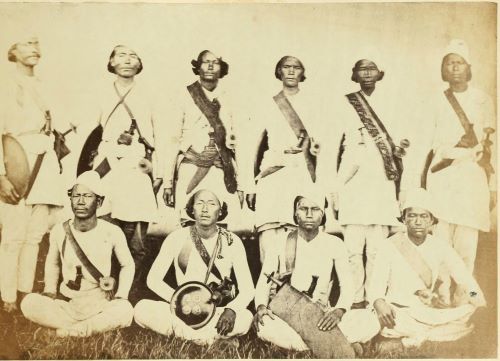
A classic kukri from the House of Gorkha that played a vital role in uniting Nepal and that cemented its image forever in the glorious history of Nepal. Of the many kukris used in the unification campaigns that started in 1743 by the Gorkhali Sainik (Paltan), this “Gorkhali Army 18th Century Kukri” version was widely used as a dominant weapon in/for the battles.
Nepal’s first recognized and documented army, the famous 'Gorkhali Sainik' also known as the 'GORKHAS', was initiated by the legendary King Prithivi Narayan Shah from Gorkha. The army with kukris, swords, spears, and a few pump guns in hand battled their way through countless kingdoms and eventually united all as one state in 1768, today which we know as modern 'Nepal'.
This kukri is the reproduced version of the originals issued to the king’s army exhibited in Nepal’s National Museum in Chauni, Kathmandu. It not only cleared its way for the successful unification but also advanced and resisted the “East India Company” of the British Government on all three sides of the country and also China in the North. The expansion had reached as far as Kangra in the far west close to Punjab and Sikkim in the East and some southern regions which is now called the GREATER NEPAL.
A reproduced version of the most feared and functional kukri knife of the world
Blade:
The blade is 13inch long with unpolished finishing. The unpolished finishing enhances the cutting ability and durability of the blade as losing of temper is prevented by avoiding the long machinery process undertaken to polish a blade. The shape of the blade resembles the classic kukris where the blade is forged wider at the head/upper portion than the lower section. This is done for better swinging capability and to produce immense force when used.
Handle:
The handle is like the original classic 'parawal kukris' where the rat-tail tang goes through the rosewood handle and remains hidden. This tang is glued to the handle with epoxy and wood dust. In the exterior part of the handle, the middle section has rings and the end of the handle is slightly bent, both done to provide extra grip.
Scabbard:
The scabbard is made from water buffalo hide and wood. The interior has wooden pieces shaped like the blade to provide strength to the scabbard. The exterior leather has a unique pattern overlaid making the scabbard look beautiful. The top section features a frog loop for the scabbard to be carried around.
The kukri has always been a prime and preferred weapon/tool for the army and people, be it for warfare or household purposes. Soldiers in the battle carried the kukri for both reasons, as the main weapon and as a backup weapon in their armory. Locals carried for performing their daily activities as a typical farmer/villager in the rural. It's an everyday way of life for all walks of life but more importantly it was self-identity, dignity, and honor.
Reviews (1)
Give us your valuable review on our items.
QL8723
Dear Mrs. Balami,
the ordered Khukhuri has gotten to me on Wednesday, so it has been much quicker, than expected. So Kudos for that. Yesterday I had time to unbox it and to check it. Since you are dependent on customer response on your products, I´d like to give back my impression on my knife and dap.
Knife:
The knife is nearly flawless. It is handmade and you can see that (which I prefer) on the handle and blade.The swell at the back of the handle is slightly off center in it´s orientation (as is thereby the plaquette on the butt), but no complaint from my side for that. We are talking milimeter here, and it is neither disturbing in right hand grip, nor in left hand grip.
It also is part of the process on doing something by hand and "letting the wood it´s will", as one could say.
It has been extensively oiled for conservation, but has been more soaked on the third of the handle on the blades end (I suppose by the less tight wrapping there), as on the butt end, thereby discoloured (much darker) there. But this will only be a matter of time, as it will be oiled by me as well and will, over time and usage, get a uniform look.
The blade and cho are flawless and represent the craftmanship I hoped for to receive. The grind is very even on both sides throughout the whole blade. It will be very easy to touch up the blade after use, or follow the grind at a futurous neccessary regrind.
The unpolished blade finish looks more like a satin finish to me (wink). It is very well done with only minute marks of the process. I plan (and surely will) order a polished blade in the future.
Dap:
The dap´s leather sadly has been very, VERY dry and hard.
The cord with the buttons (but I don´t plan to put it in a sash anyway) of the dap has broken off. But it has not even been on the picture I knew of the blade and therefore has not even been expected.
The frog has been so dry the belt loop nearly cracked when trying it´s width. I have carefully taken it of and it is in reconditioning camp with it´s friends mink oil and leather grease (wink). It will be shiny and flexible again in short time.
The dap itself has been slightly dusty, but it brushed of fine and got a reconditioning leather treatment as well.
The leather surface is very fine grained and without cuts or defects and fitted without any significant wrinkles. The "special treatments" markings and symbols are very beautiful and centered on the wooden frame. The wood will get a slight treatment with camelia oil for nourishing and care of wood and blade. The seam on the backside is very even and straight. All in all, except the dryness of the leather, a very fine done dap.
I hope to have helped you with my impression. We will surely get in touch again for a new order in the future, as you have won a satisfied customer.
Take care and namaste
Florian Neitzel
See Other Amazing Products Too...
US $ 9.99
US $ 174.99
US $ 40.00
US $ 65.00
US $
65.00
77.00

